Technological Innovations
Technological innovations play a crucial role in advancing the Organic Solar Cell Market. Recent developments in materials science have led to the creation of more efficient organic photovoltaic cells, which can convert sunlight into electricity with higher efficiency rates. For instance, advancements in tandem solar cell technology have shown potential efficiencies exceeding 15%, which is a notable improvement. These innovations not only enhance the performance of organic solar cells but also reduce production costs, making them more competitive against traditional solar technologies. As research continues to push the boundaries of efficiency and cost-effectiveness, the Organic Solar Cell Market is poised for substantial growth, attracting investments and fostering further innovation.
Government Incentives and Policies
Government incentives and supportive policies are pivotal in shaping the Organic Solar Cell Market. Many countries have implemented favorable regulations and financial incentives to promote the adoption of renewable energy technologies, including organic solar cells. For example, tax credits, grants, and subsidies for solar energy projects encourage both consumers and businesses to invest in organic solar solutions. This regulatory support not only stimulates market growth but also fosters innovation within the industry. As governments continue to prioritize sustainability and renewable energy, the Organic Solar Cell Market is likely to experience accelerated growth, driven by these supportive measures.
Integration with Smart Technologies
The integration of organic solar cells with smart technologies is emerging as a key driver for the Organic Solar Cell Market. As the Internet of Things (IoT) and smart home technologies gain traction, the demand for energy-efficient solutions is on the rise. Organic solar cells can be seamlessly integrated into various smart devices and applications, providing a sustainable energy source for homes and businesses. This synergy not only enhances the functionality of smart technologies but also promotes energy independence. As the trend towards smart living continues to grow, the Organic Solar Cell Market is likely to see increased adoption and innovation, driven by the need for efficient and sustainable energy solutions.
Increasing Demand for Renewable Energy
The rising demand for renewable energy sources is a primary driver for the Organic Solar Cell Market. As nations strive to reduce their carbon footprints and transition to sustainable energy solutions, organic solar cells present an attractive option due to their lightweight and flexible nature. The market for organic solar cells is projected to grow at a compound annual growth rate of approximately 20% over the next five years, driven by increasing investments in renewable energy technologies. This trend is further supported by consumer preferences shifting towards eco-friendly products, which enhances the appeal of organic solar cells. The Organic Solar Cell Market is likely to benefit from this growing demand as more consumers and businesses seek to adopt renewable energy solutions.
Growing Awareness of Environmental Issues
The increasing awareness of environmental issues among consumers is a significant driver for the Organic Solar Cell Market. As climate change and environmental degradation become more pressing concerns, individuals and organizations are actively seeking sustainable energy solutions. Organic solar cells, known for their lower environmental impact during production and disposal, align well with these consumer values. This heightened awareness is reflected in market trends, where consumers are more inclined to choose products that contribute to environmental sustainability. Consequently, the Organic Solar Cell Market is expected to expand as more consumers prioritize eco-friendly energy solutions in their purchasing decisions.


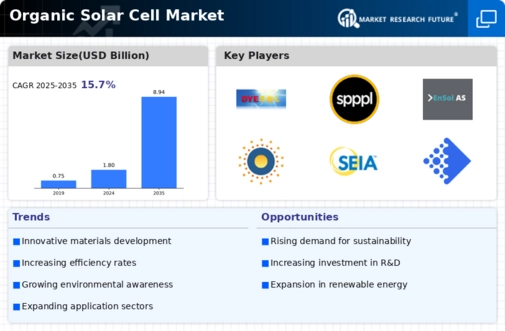
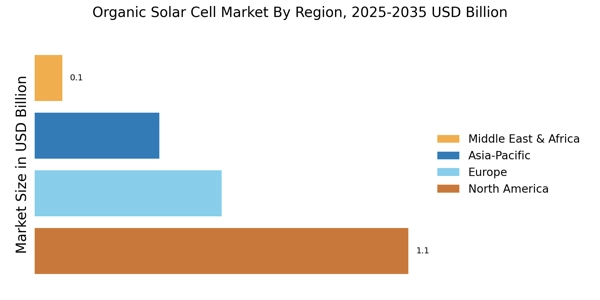
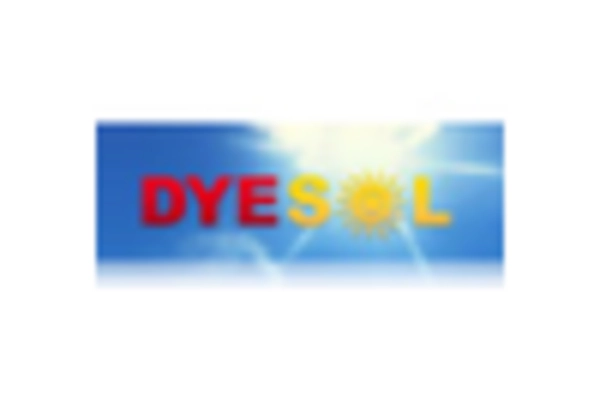
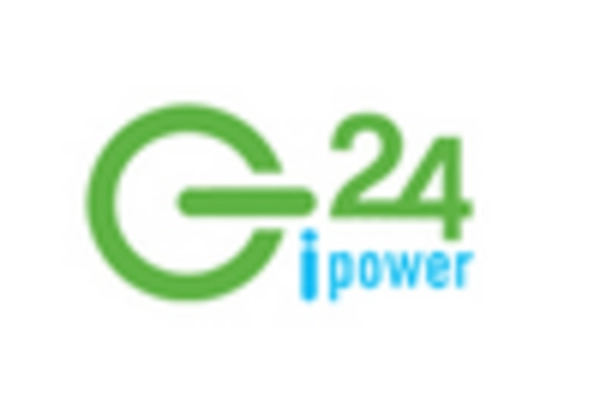
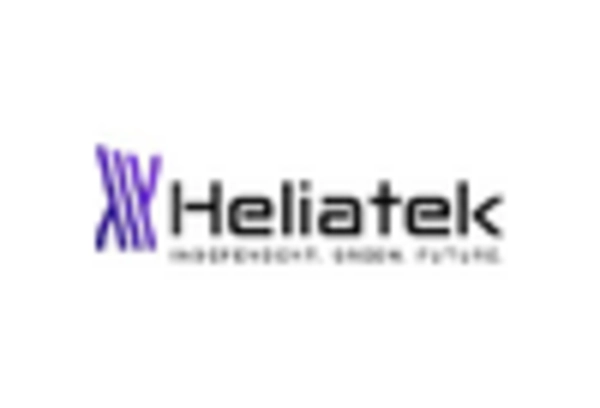











Leave a Comment